Wireframing and prototyping have become essential tools for designers, developers, and product managers in today’s fast-paced digital environment. These methods improve user interface (UI) and user experience (UX) design while also expediting the product development process. We will go into great detail in this blog post about wireframing and prototyping, their importance, and how to use them in your projects.
What is wireframing?
Wireframing is the process of developing a simplified visual guide that depicts the basic structure of a website, app, or digital product. It focuses on:
- Layout involves determining the structure and placement of critical pieces.
- Functionality: Emphasizing key functionalities without requiring intricate design elements.
- Navigation: Creating a map of the user’s trip and interactions.
Wireframes allow teams to visualize content layout, speed up the design process, and discover usability concerns early on. Designers can utilize wireframes to ensure that the final product fits user requirements while staying structurally sound.
Comprehending Prototyping
By adding interactive features and visual design aspects, prototyping goes beyond wireframes. An early iteration of the product that mimics user interactions is called a prototype. It offers a practical sneak peek of how the finished product will work. Among the main advantages of prototyping are:
- User testing: Before spending money on full-scale development, input is obtained through simulations.
- Iterative design is the process of rapidly and efficiently improving concepts based on experiences with the real world.
- Demonstrating the product vision to customers and team members is known as stakeholder buy-in.
Prototypes aid in the transition from early concepts to finished design by fusing static wireframes with dynamic interactions.
The Main Differences Between Wireframing and Prototyping
Understanding the distinction between wireframing and prototyping is critical.
- Detail Level: Wireframes are low-fidelity and concentrate on layout and structure, whereas prototypes are high-fidelity and incorporate detailed interactions and design components.
- Wireframing is typically used in the early stages of product development to establish the blueprint. Prototyping is more suited to testing and refining user interactions.
- Flexibility: Wireframes are quick and simple to change, making them excellent for brainstorming sessions. Prototypes take more time and resources, but they provide a more exact depiction of the finished product.
The Significance of Wireframing and Prototyping in UX/UI Design
Both strategies are essential to guaranteeing the success of the design:
- Enhanced Clarity: By creating a consistent language around structure and functioning, they give all project stakeholders clarity.
- Decreased Costs: Time and money that could be lost on later, expensive revisions are saved when design problems are discovered early.
- Better User Experience: You may get insightful user input by testing prototypes early on, which will guarantee that the finished product is simple to use and intuitive.
- Effective Communication: By facilitating improved communication between designers, developers, and clients, visual representations help to guarantee that everyone is on the same page regarding the objectives of the project.
Best Practices for Wireframing
To build great wireframes, consider these important tips:
- Keep It Simple: Use basic shapes, lines, and placeholders to represent content.
- Prioritize Content Hierarchy: Organize information according to user priorities.
- Focus on Functionality: Instead of aesthetics, emphasize the purpose of each element.
- Iterate frequently: To keep the design process fluid, update your wireframes as input comes in.
Tools and Methods for Prototyping
With interactive prototypes, you can use a number of techniques to make your wireframes come to life:
- Figma: Provides a variety of design and prototype tools together with real-time collaboration.
- Sketch: Well-known for its vast ecosystem of plugins and user-friendly UI.
- Adobe XD is a simplified tool that integrates design, prototyping, and sharing.
- InVision: Perfect for making interactive prototypes that stakeholders can share with ease.
Your team’s workflow, financial constraints, and project specifications all play a role in selecting the best technology. Try out a few different alternatives to see which works best for you.
Integrating Wireframes and Prototyping into Your Workflow
To easily integrate these approaches into your project:
- Begin with research: identify your target audience and establish clear goals.
- Sketch Initial Ideas: Start with short sketches to develop potential layouts and interactions.
- Create low-fidelity wireframes that highlight structure and content hierarchy.
- Build Interactive Prototypes: Using your preferred tool, create prototypes that emulate the user experience.
- Test and iterate: Collect input from users and stakeholders, then improve your designs accordingly.
- Document everything: Keep extensive documents of design decisions to maintain transparency and help guide future projects.
In conclusion
Prototyping and wireframing are essential processes that help close the gap between idea and implementation; they are not only design phases. By utilizing these strategies, you may produce user-centered digital solutions that offer exceptional user experiences in addition to fulfilling corporate objectives. Using wireframing and prototyping will lay a solid foundation for success, regardless of your level of experience as a designer or where you are in your UX/UI journey.


